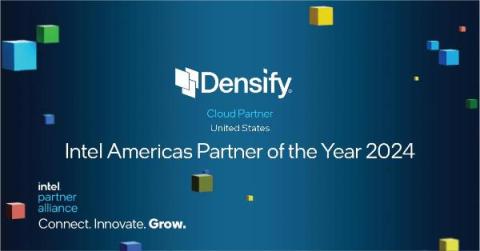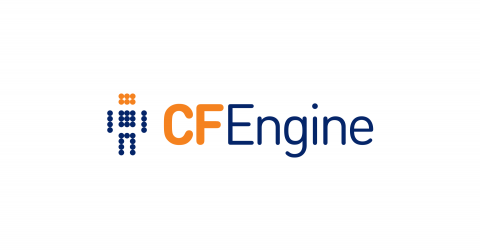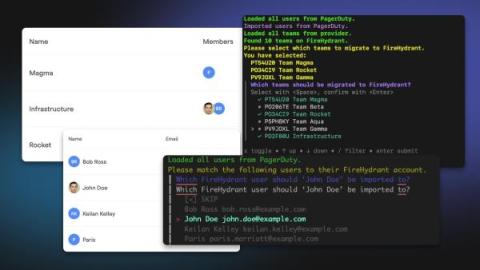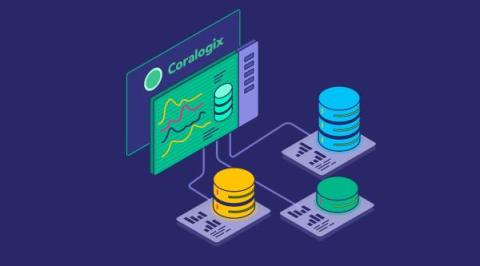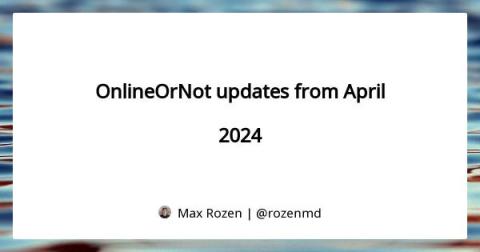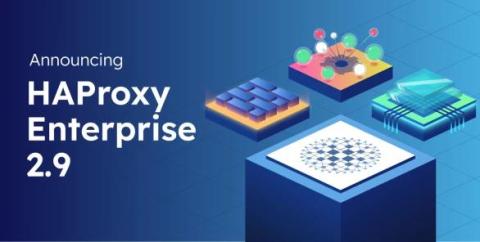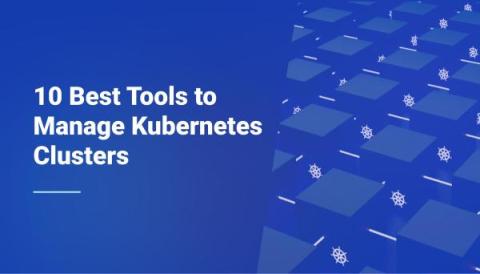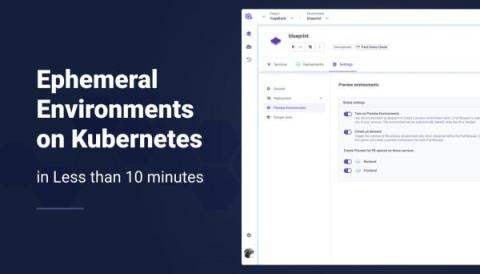Densify Wins Intel 2024 Americas Partner Award
At Intel Vision April 2024, Densify won Intel Partner of the year for Cloud Solutions. This award recognizes the impact of our jointly developed offering: Intel® Cloud Optimizer. Densify – Cloud: For Densify’s collaboration with Intel to continuously fine-tune the Intel Cloud Optimizer software-as-a-service (SaaS) offering, to include a sophisticated understanding of key Intel hardware features and how they benefit specific customer workloads.


